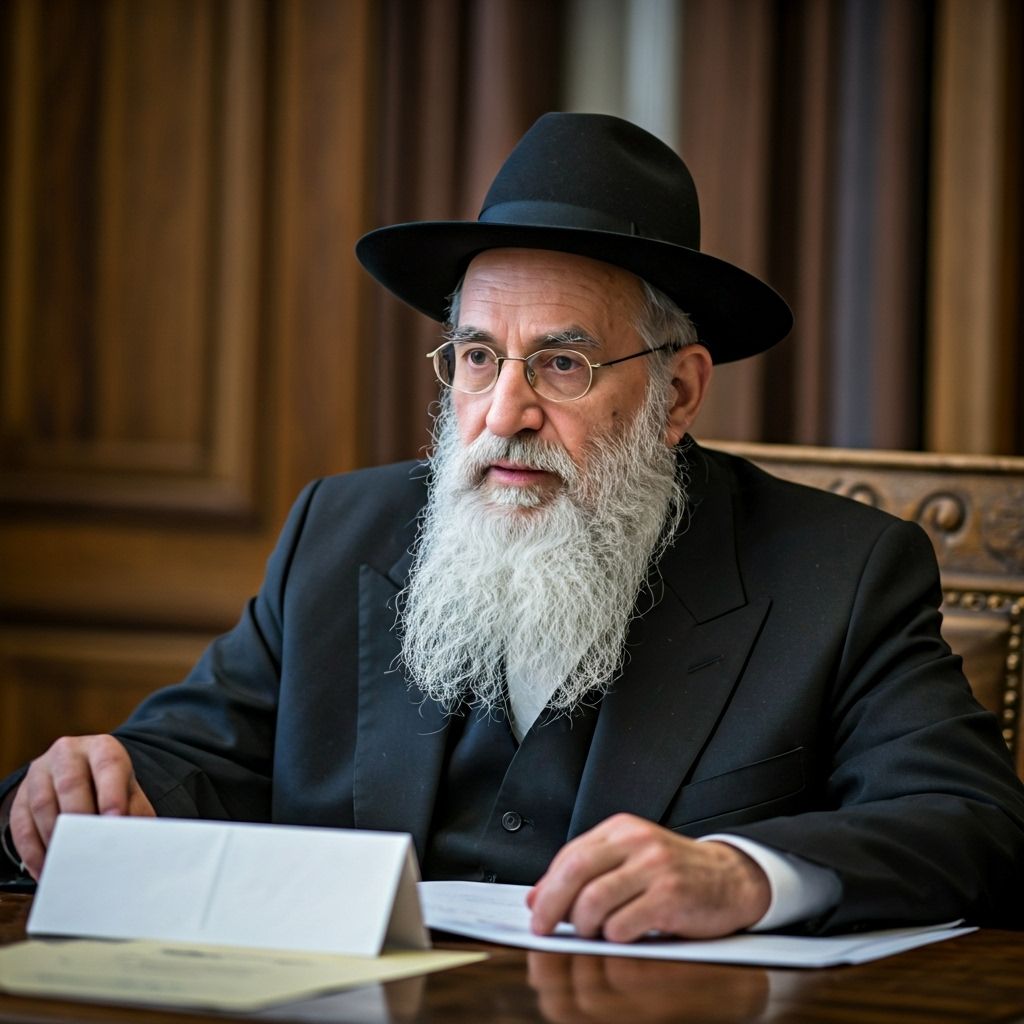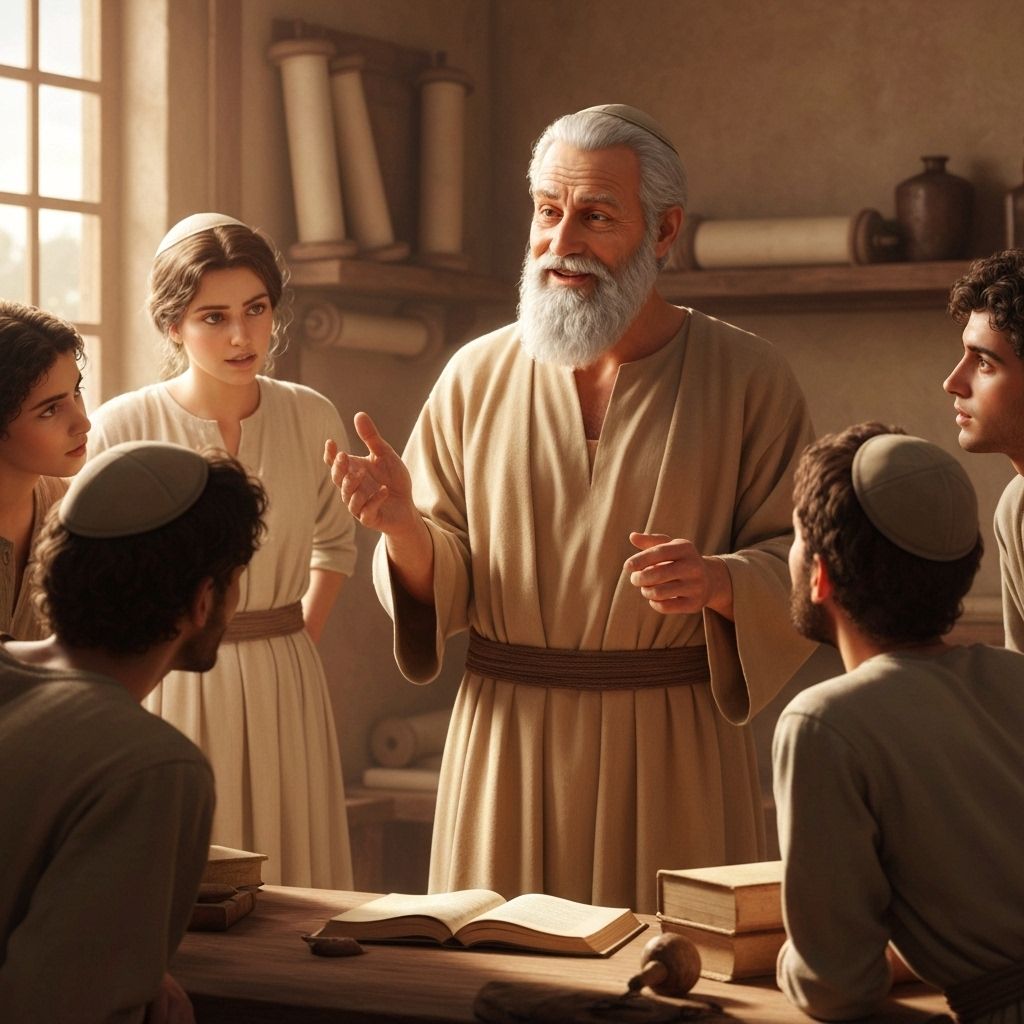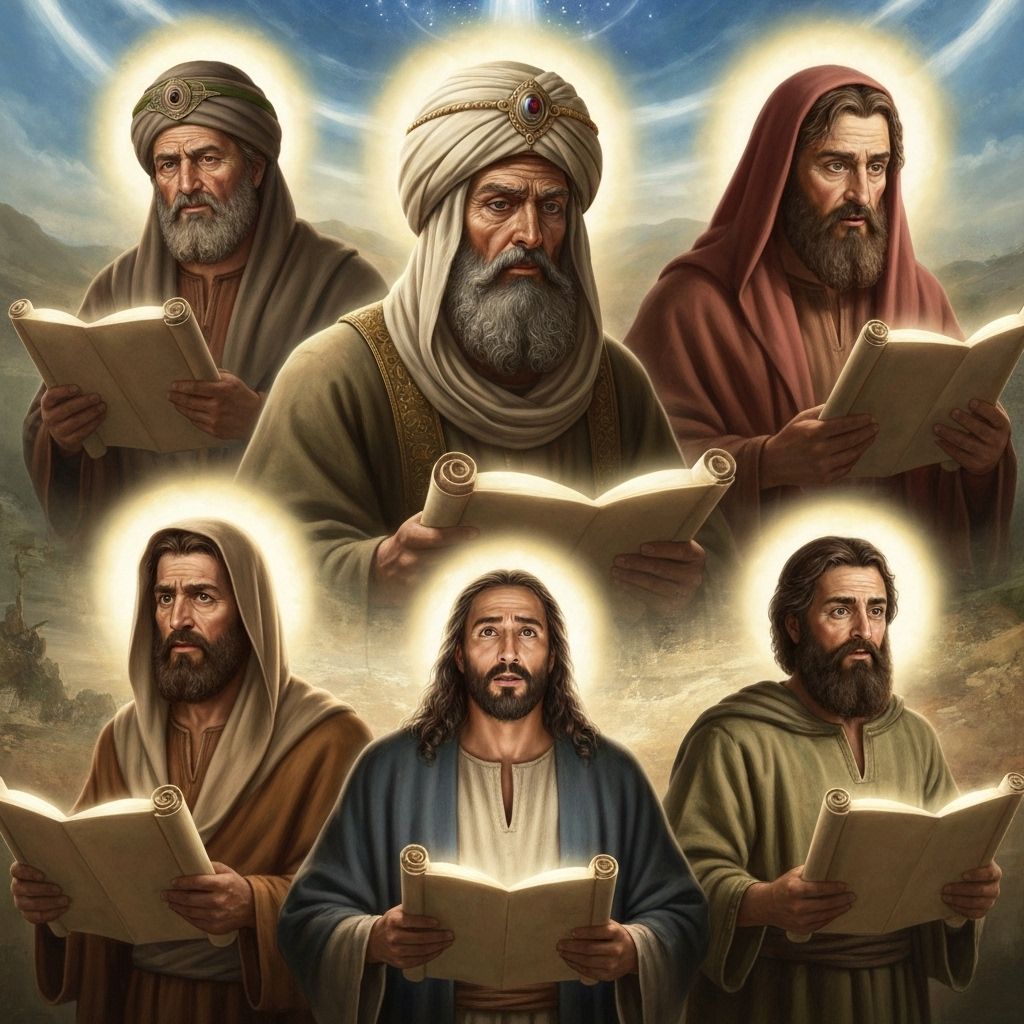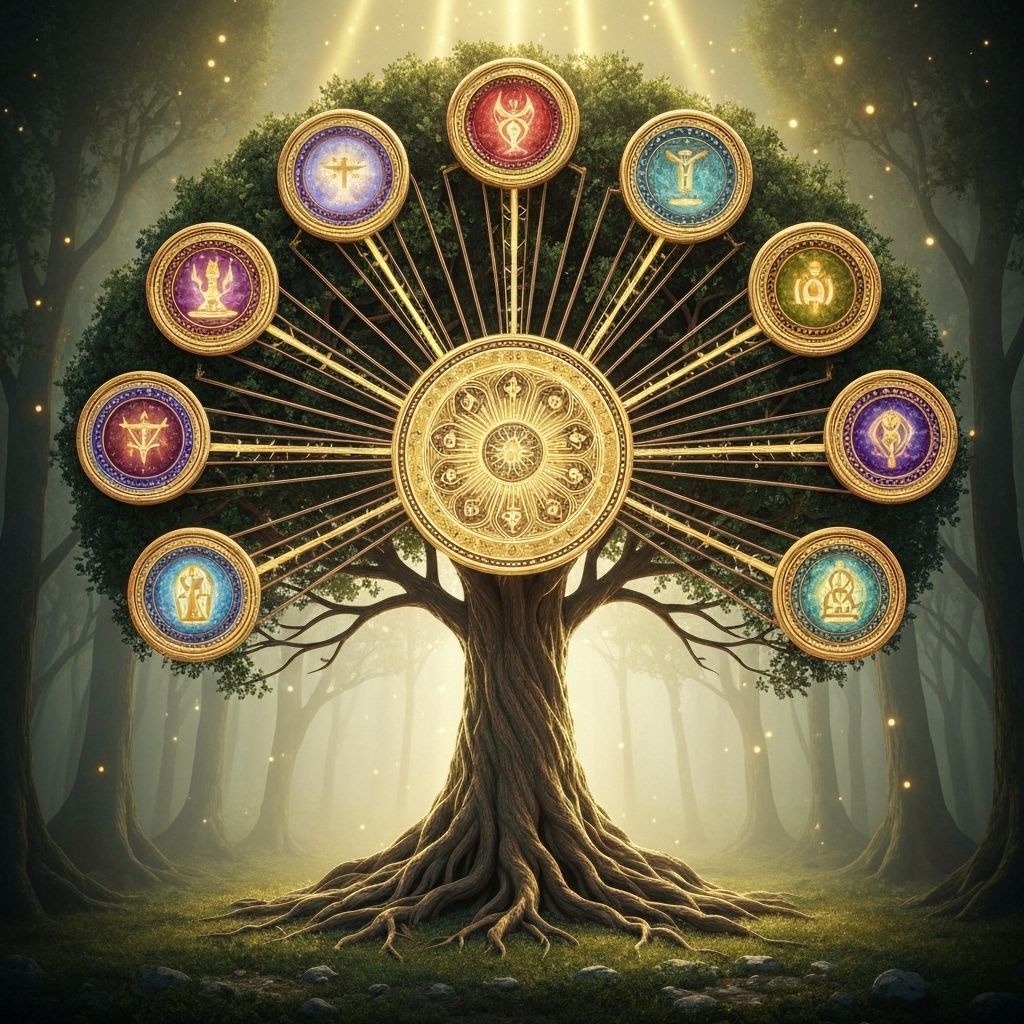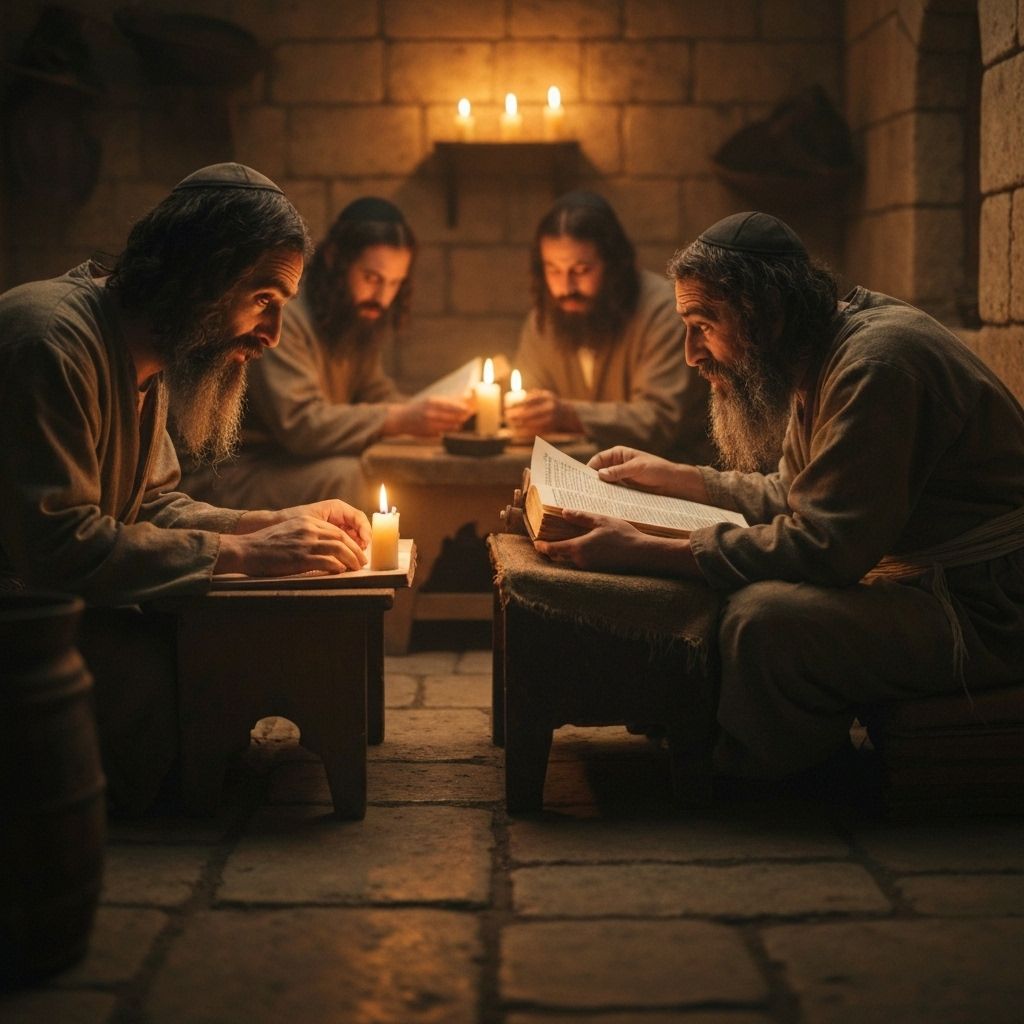3-Minute Summary
The Words of the Torah Explained with Help from Rashi and Ramban
Rashi (1040-1105) was a medieval French rabbi whose commentary on the Torah and Talmud is considered essential reading. His explanations focus on the plain meaning of the text and are known for their clarity and accessibility.
Ramban (1194-1270) was a Spanish rabbi, physician, and philosopher who provided deeper mystical and philosophical insights into the Torah, often building upon Rashi's work while adding his own profound interpretations.
The parsha begins with the names of Jacob's sons who came to Egypt, establishing the continuity between the patriarchs and the nation that will emerge. This genealogy reminds us that Israel's identity is rooted in the covenant promises made to Abraham, Isaac, and Jacob.
The dramatic increase in Israel's population despite Pharaoh's oppressive policies reflects divine blessing and providence. The Hebrew word 'vayishretzu' (they multiplied) appears three times, emphasizing how Hashem's promise to Abraham is being fulfilled even in the midst of persecution.
Pharaoh's strategy of oppression through forced labor represents the beginning of systemic injustice against the Jewish people. The Israelites become slaves, building the cities of Pithom and Raamses—ironic monuments to their own oppression that will later serve as reminders of divine redemption.
The birth of Moses during this dark period introduces the savior who will lead the Israelites to freedom. His mother Yocheved and sister Miriam demonstrate extraordinary courage in preserving his life, hiding him in a basket among the reeds and ensuring his safety.
Pharaoh's daughter's compassion in adopting Moses shows that individual acts of kindness can occur even within oppressive systems. Her naming him 'Moses' (from the Hebrew 'mashah' meaning 'to draw out') becomes a prophecy of his role in drawing the Israelites out of Egypt.
Moses' flight to Midian after killing an Egyptian taskmaster represents both his impulsive nature and his instinctive sense of justice. This incident demonstrates his leadership potential but also reveals his need for spiritual maturation before taking on the mantle of leadership.
Moses' life in Midian—marrying Zipporah, fathering children, and working as a shepherd—prepares him for his role as leader. This period of exile and humility transforms him from a prince of Egypt into a servant of Hashem, teaching us that true leadership requires both strength and humility.
The burning bush represents Hashem's presence in the physical world and His ability to communicate with humanity. The fact that the bush burns but is not consumed symbolizes divine transcendence—Hashem is present in the world but not limited by it.
Hashem's self-revelation as 'Ehyeh Asher Ehyeh' (I will be what I will be) conveys both divine freedom and eternal consistency. Hashem is not bound by human expectations but is consistently faithful to His covenant promises and committed to justice.
Moses' reluctance and objections—'Who am I?' 'What shall I say?' 'They won't believe me'—reflect the universal human experience of feeling inadequate for divine missions. Hashem's responses to each objection demonstrate divine patience and provision for human weakness.
The signs Hashem gives Moses—the staff that becomes a snake, the leprous hand, and the water that becomes blood—serve both as proof of divine authority and as symbols of transformation. Each sign addresses a different aspect of Egyptian power and Israelite suffering.
Aaron's appointment as Moses' spokesperson addresses Moses' concern about his speaking ability. This partnership between Moses and Aaron establishes the principle that leadership often requires complementary skills and mutual support.
The parsha concludes with Moses and Aaron approaching the elders of Israel, who accept their mission. This acceptance despite generations of oppression shows that the Israelites' faith in Hashem's promises remained alive, setting the stage for the confrontation with Pharaoh.

